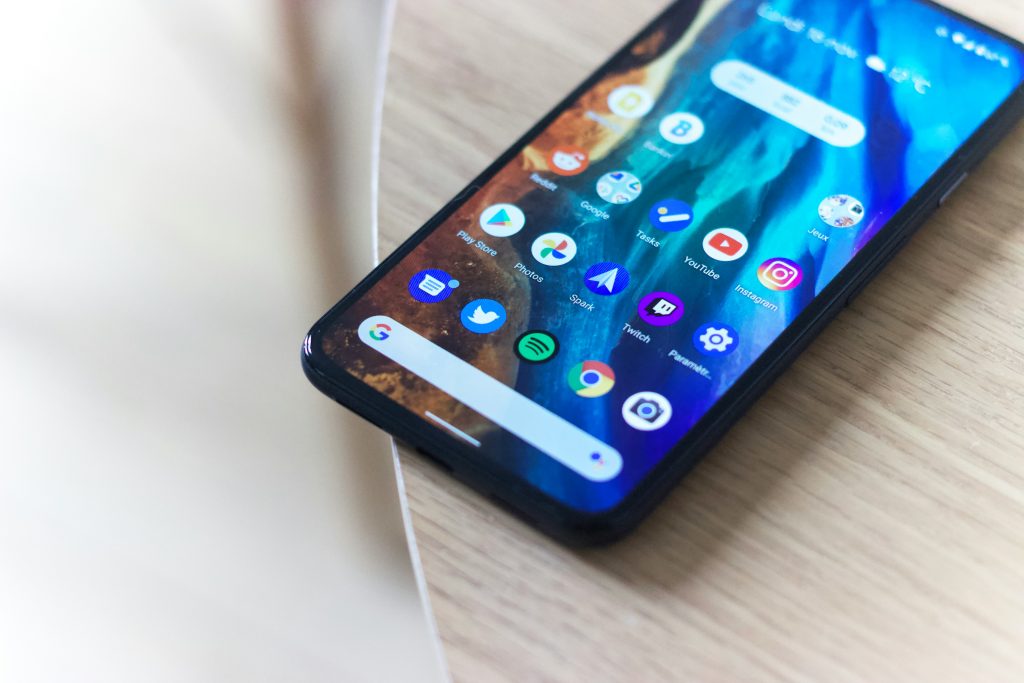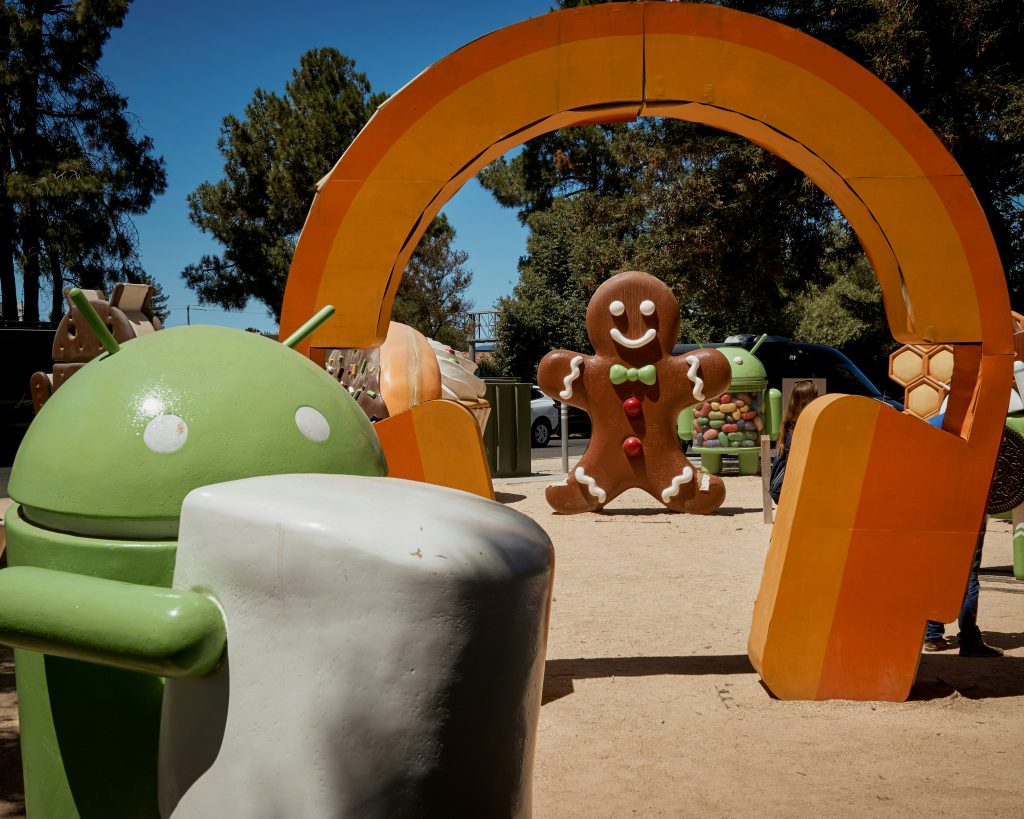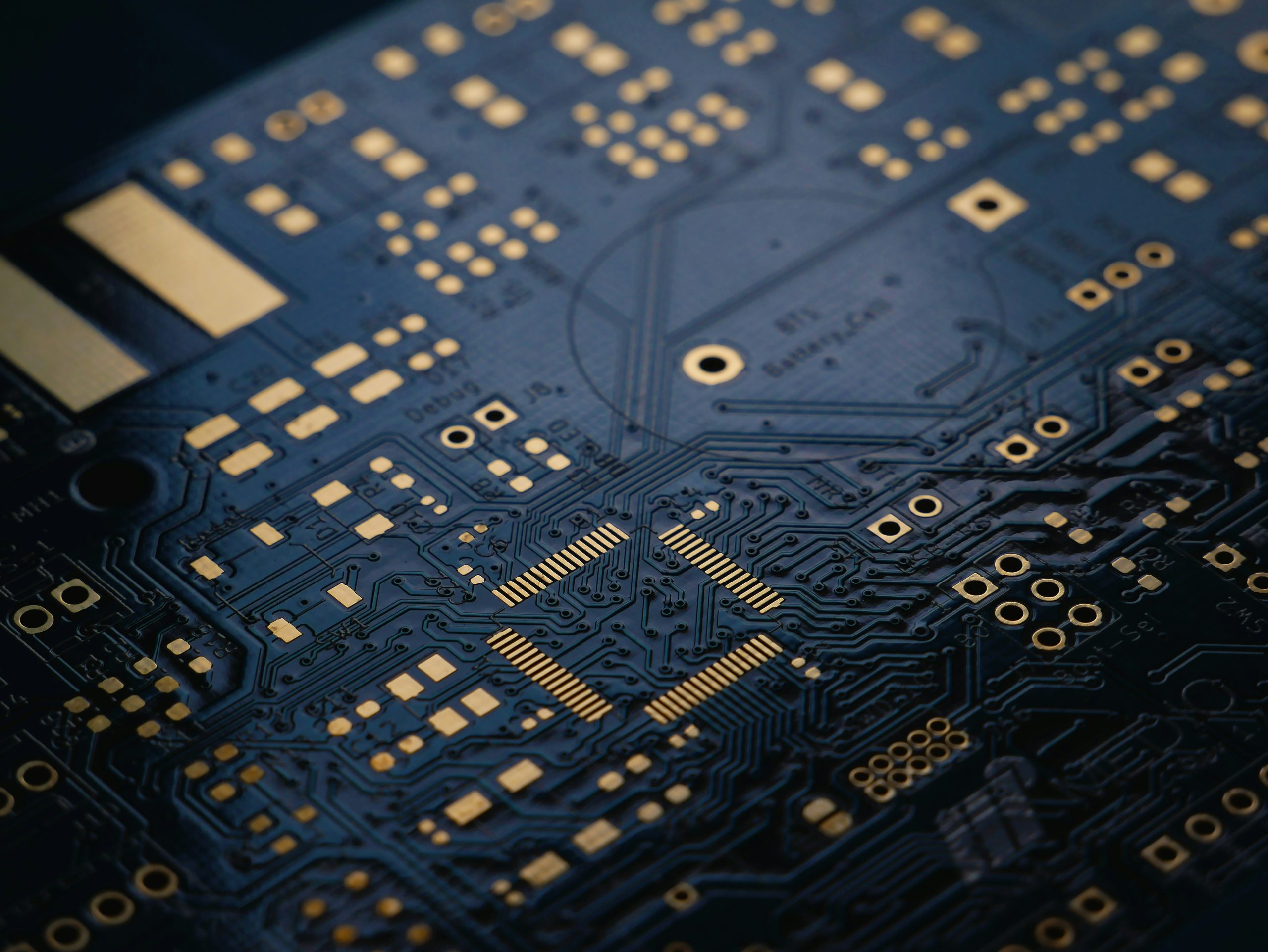Every year, I choose a small project to work on for the entire year (or at least part of it). I love this approach because it allows me to explore new design patterns, technologies, and tools while developing something useful. Side projects are my favorite part of programming!
My first project was a water tracker—I struggled to drink enough water before my finals at university, so I built an app to help me. Since then, I’ve worked on a sudoku generator, a task manager, a sudoku solver, and other small applications.
This year, I decided to step out of my comfort zone and dive into Android development. Mobile development has always fascinated me, but I never had enough time to explore it properly. While I have experience as a backend developer, Android is a new world for me. To make things easier, I decided to rely on AI for learning and coding assistance.

Starting Sudoku Apps for Android
Most people start learning a new technology with a simple “Hello World” project. I have a different approach—I always begin with a sudoku solver. I love sudoku, and I’m pretty good at it, so why not?
I often hear discussions about AI replacing programmers, and honestly, I’m not sure what to think. I love AI—it makes my work much easier. In fact, I even used AI to optimize this blog post!
However, when it comes to software development, things are more complicated. AI is fantastic for code optimization, idea generation, and debugging, but if you try to generate an entire application, you’ll run into problems.
The Challenges of AI-Generated Code
Here’s where I faced issues using AI for my Android sudoku app:
- UI Challenges – Sudoku is a 9×9 matrix with bold lines separating the 3×3 subgrids. AI struggled to generate this correctly.
- Basic functionality issues – AI-generated code didn’t handle simple sudoku functions like erase, hint, or restart properly.
- Poor architecture – Everything ended up in the MainActivity, with no clear separation of concerns (UI layer, data layer, etc.).
- Messy AI-generated prompts – Asking AI for architectural improvements led to even more confusion.
After one day of frustration, I realized AI wouldn’t magically build a perfect app for me. So, what’s the solution?

The Best Approach: Balance AI and Best Practices
The biggest advantage of personal projects is time. No deadlines, no pressure—just a chance to learn, experiment, and improve. If you’re in a similar situation, here’s my advice:
1. Build Simple Apps with Best Practices
- Start with small projects and add features gradually.
- Focus on clean architecture, documentation, and testing.
- Learn from the process, not just the final result.
2. Use AI as a Tool, Not a Boss
- AI is great for optimizing and exploring different approaches.
- Don’t blindly copy AI-generated code—analyze and improve it.
- Debugging AI-generated projects can be a nightmare—write readable, reusable code.
3. Learn the Traditional Way Too
- AI can speed things up, but understanding concepts deeply is essential.
- Read documentation, experiment, and practice coding without AI assistance.
- Find your own style and workflow—don’t rely solely on AI-generated solutions.

Final Thoughts
Every week, I see posts on LinkedIn about developers building amazing apps without writing a single line of code—just by using AI. I have no idea how they do it. I tried, I promise! But my AI-generated app was a mess—unmaintainable, difficult to debug, and impossible to extend with a database.
AI is an incredible assistant, but it’s just that—an assistant. It’s up to you to write structured, high-quality code and truly understand what you’re building. AI is your buddy and tool, but you are the brain behind the application.









Leave a Reply